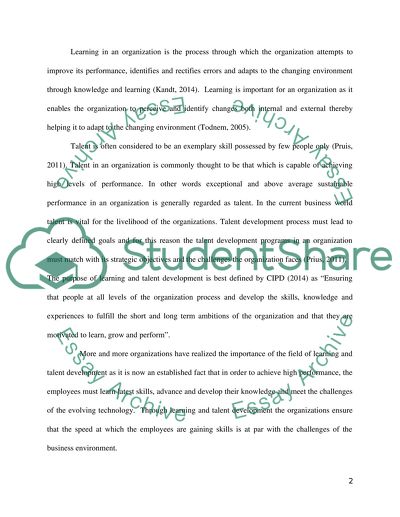Cite this document
(“Learning and Talent Development Essay Example | Topics and Well Written Essays - 2750 words”, n.d.)
Learning and Talent Development Essay Example | Topics and Well Written Essays - 2750 words. Retrieved from https://studentshare.org/human-resources/1632501-learning-and-talent-development
Learning and Talent Development Essay Example | Topics and Well Written Essays - 2750 words. Retrieved from https://studentshare.org/human-resources/1632501-learning-and-talent-development
(Learning and Talent Development Essay Example | Topics and Well Written Essays - 2750 Words)
Learning and Talent Development Essay Example | Topics and Well Written Essays - 2750 Words. https://studentshare.org/human-resources/1632501-learning-and-talent-development.
Learning and Talent Development Essay Example | Topics and Well Written Essays - 2750 Words. https://studentshare.org/human-resources/1632501-learning-and-talent-development.
“Learning and Talent Development Essay Example | Topics and Well Written Essays - 2750 Words”, n.d. https://studentshare.org/human-resources/1632501-learning-and-talent-development.


